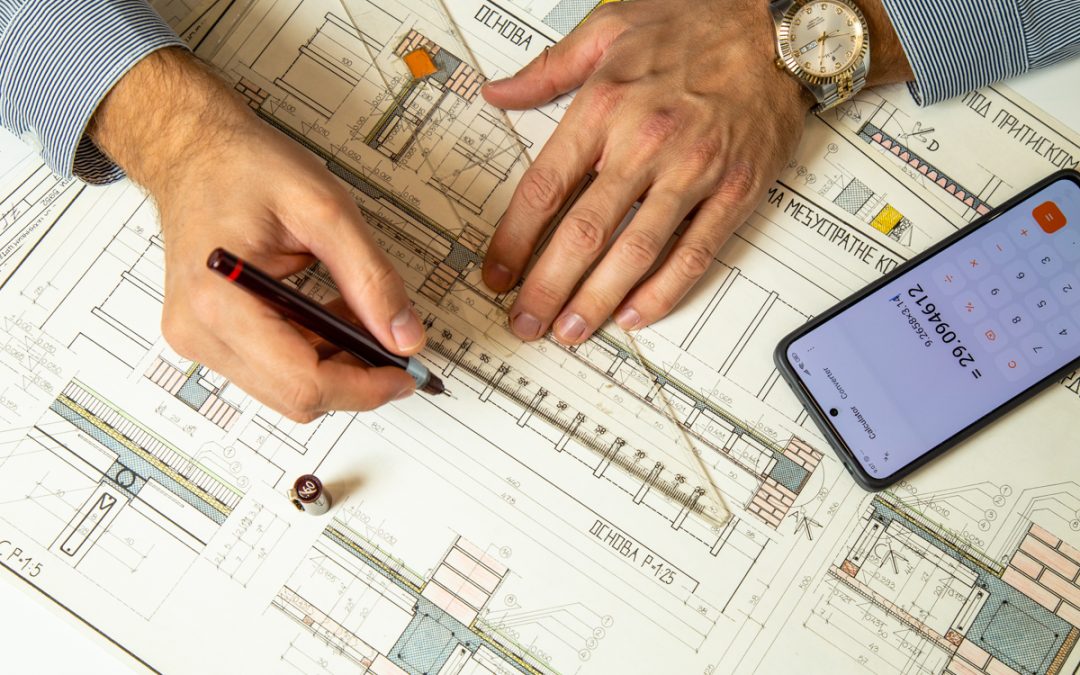Formwork design is the process of planning and engineering the temporary or permanent molds into which concrete is poured to form structural elements such as slabs, beams, columns, walls, and foundations.
The main goal of formwork design is to ensure that the formwork system is:
- Structurally safe and stable
- Accurate in shape and dimensions
- Economical and reusable
- Efficient to assemble and disassemble
🔧 Key Elements of Formwork Design
- Load Analysis
Includes self-weight of the formwork, fresh concrete pressure, live loads (workers, equipment), and dynamic loads (vibration).
Must follow structural safety codes (e.g., Eurocode, ACI, BS).
- Material Selection
Common materials: timber, plywood, steel, aluminum, plastic, or modular systems (e.g., PERI, Doka).
Depends on reuse potential, strength, surface finish, and cost.
- Support and Stability Systems
Design of props, ties, braces, anchors to prevent deformation, collapse, or displacement during concrete pouring and curing.
- Shape and Geometry
Must match exactly the shape and dimensions of the final concrete element.
Includes all openings, chamfers, embedded items, and joints.
- Assembly & Dismantling (Constructability)
Designed for quick installation and removal to minimize labor and crane time.
Also considers safety, access platforms, and fall protection.
- Deflection Control
- Ensures minimal deformation under load to maintain surface quality and avoid misalignment.
Safety and Regulations
Must comply with construction safety standards (e.g., OSHA, EN 12812) to protect workers.
🏗️ Why Is Formwork Design Important?
- Ensures dimensional accuracy of concrete structures
- Prevents costly failures or deformations
- Optimizes material usage and labor
- Affects surface quality and appearance of concrete
- Directly influences construction speed and safety

